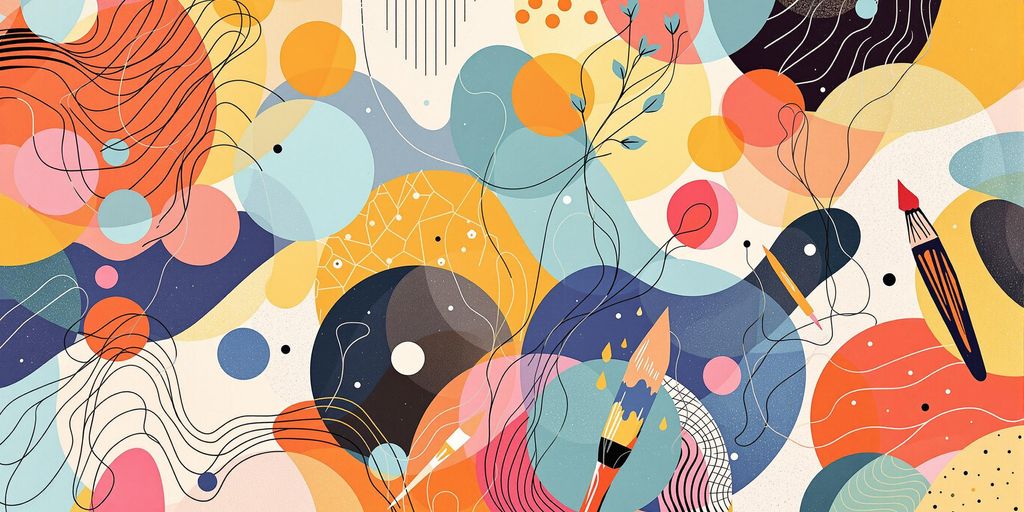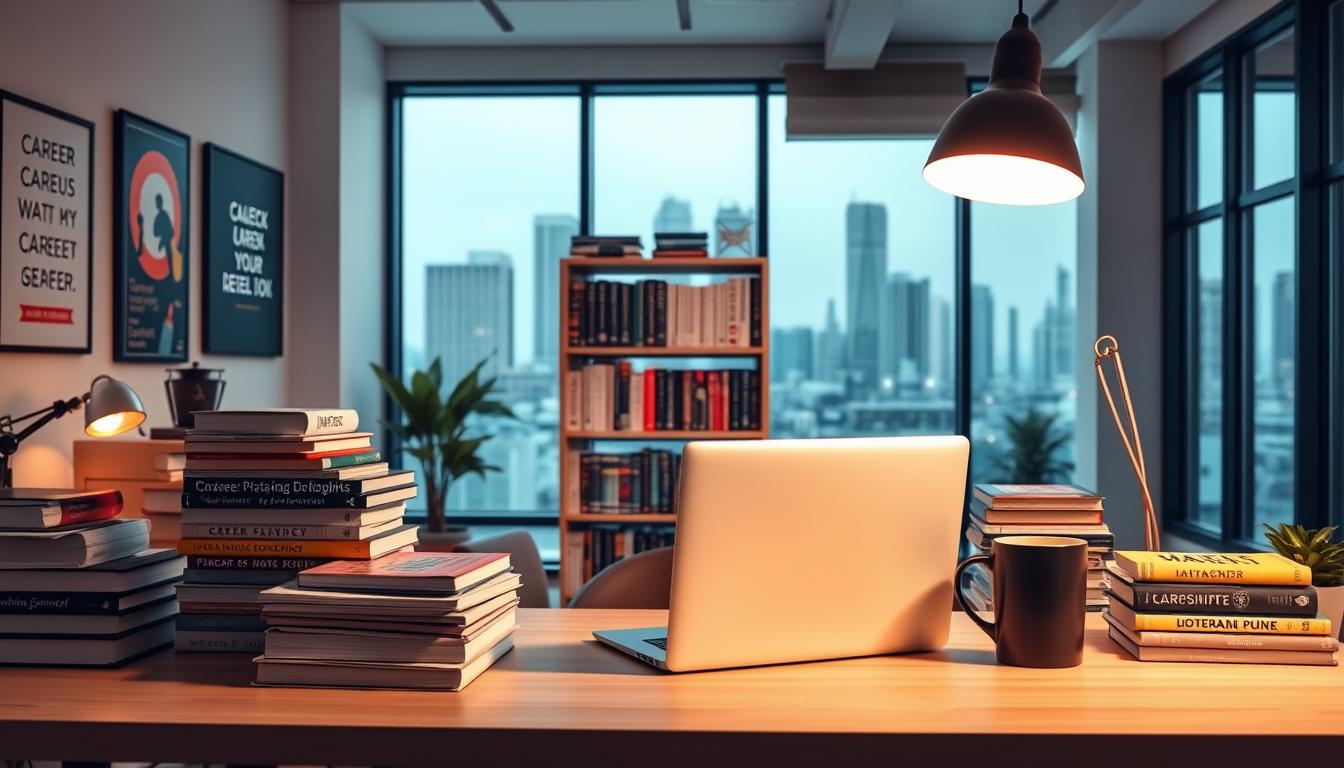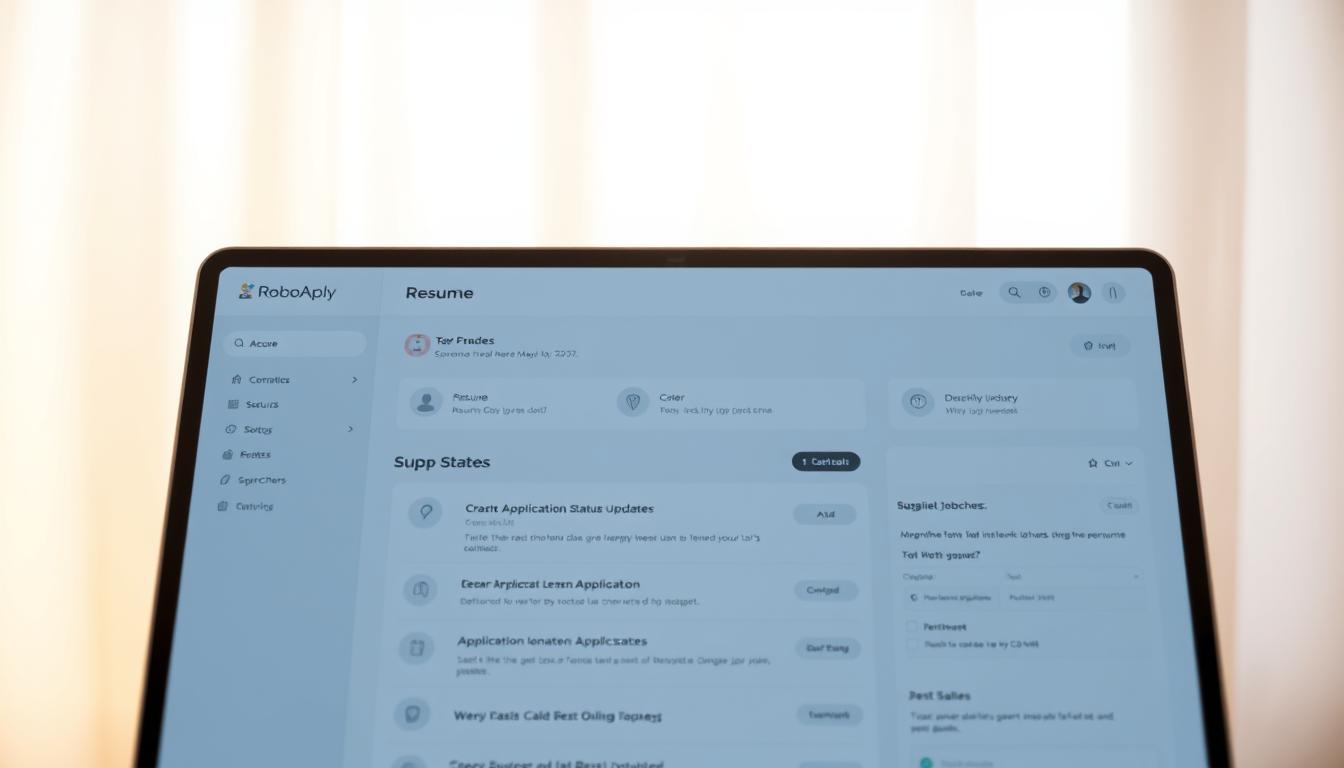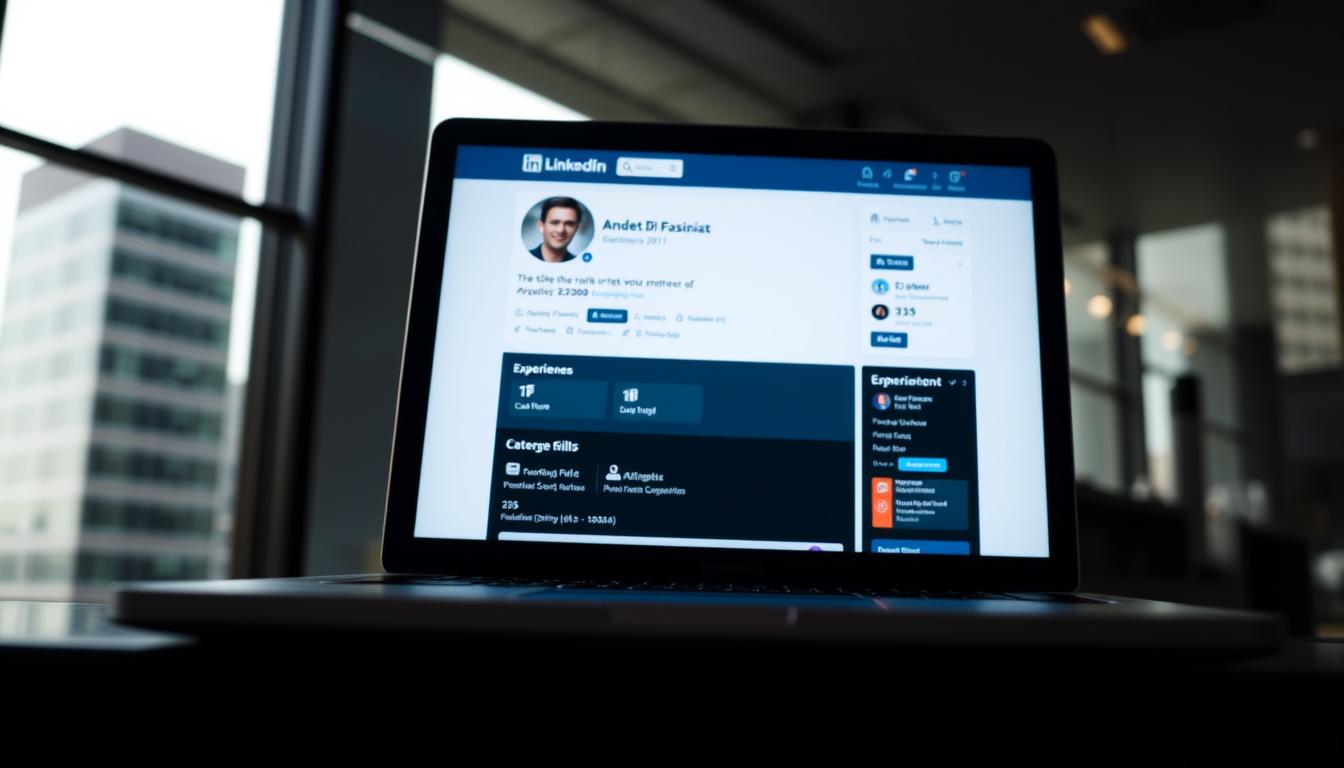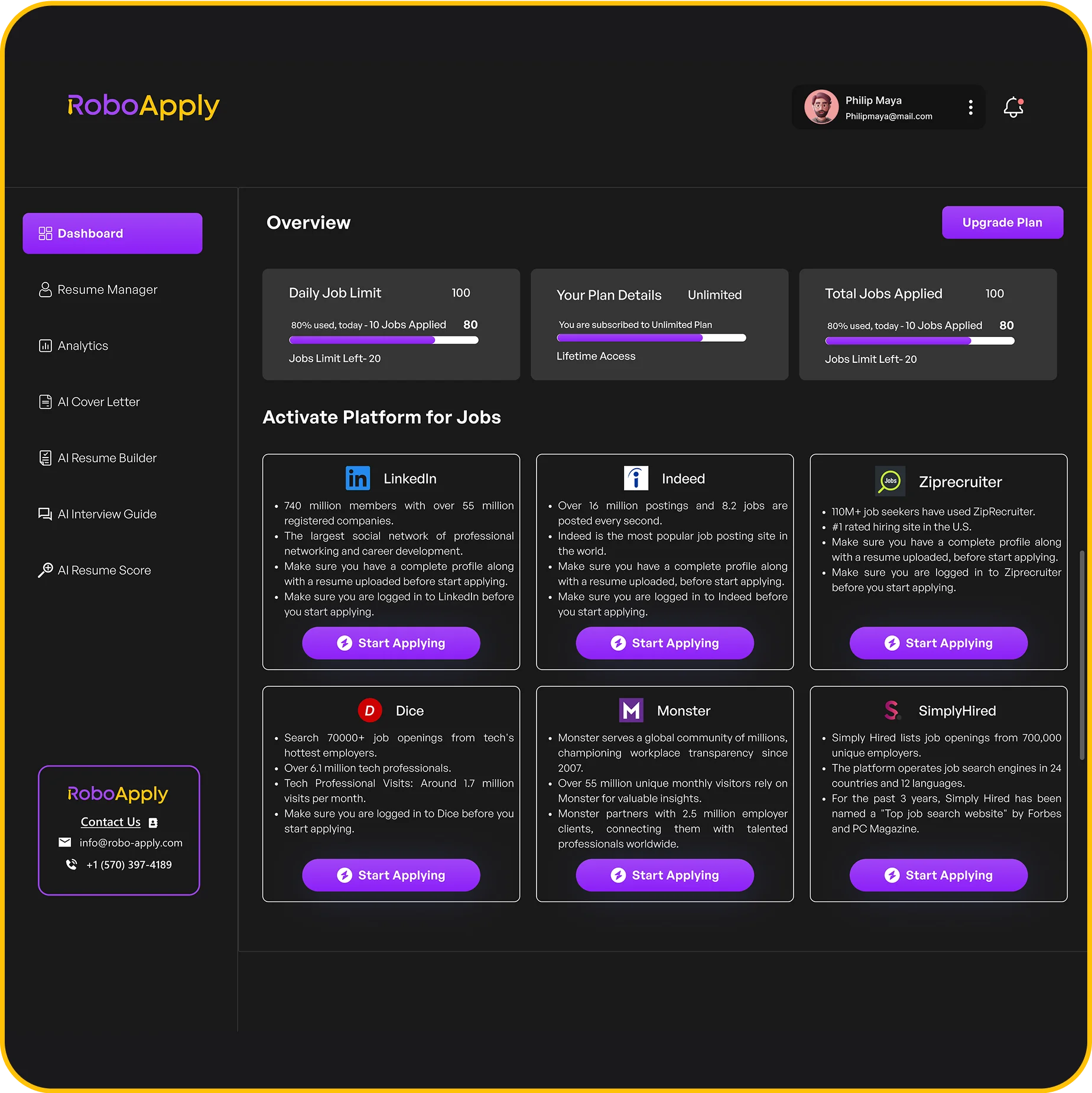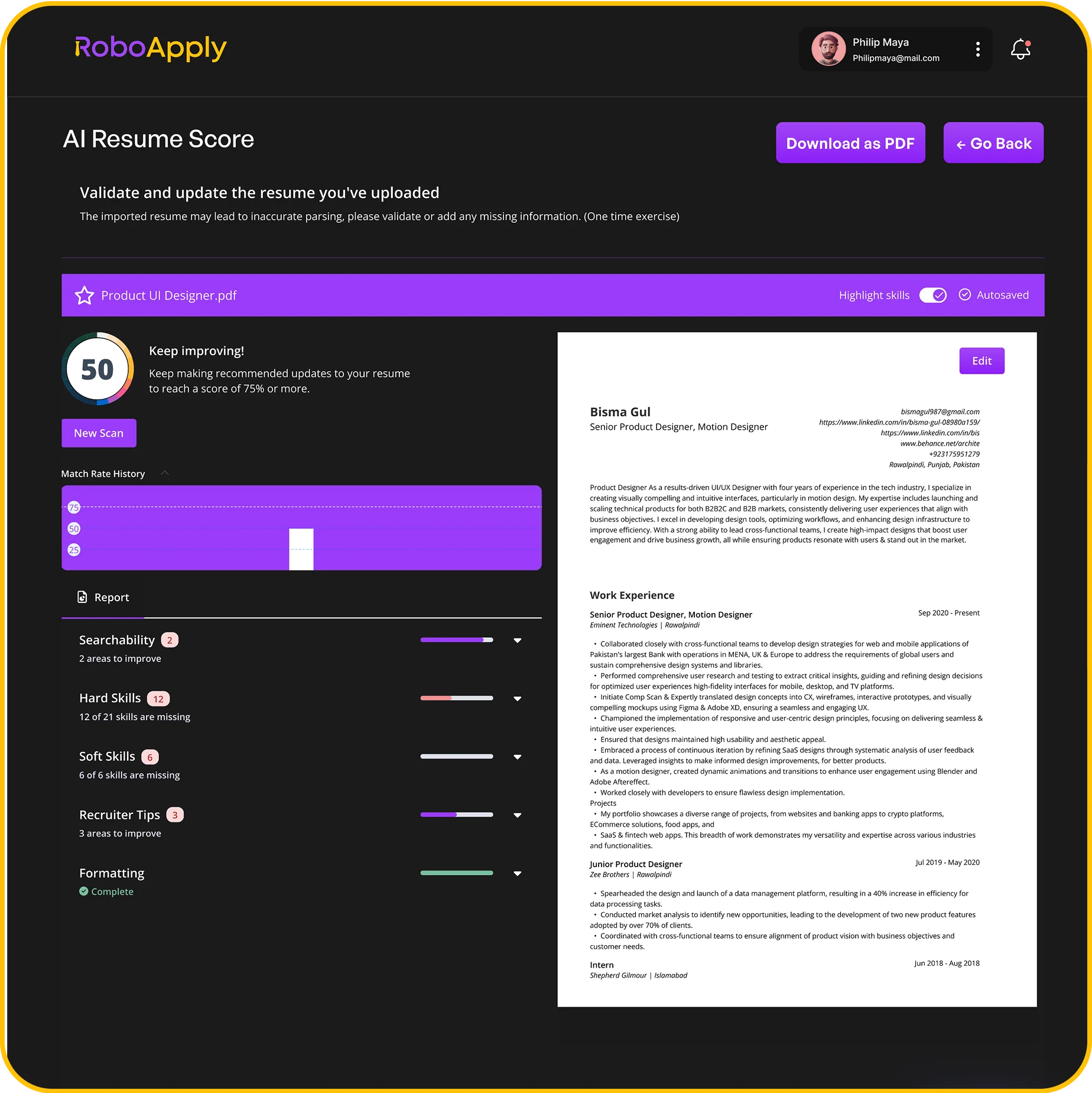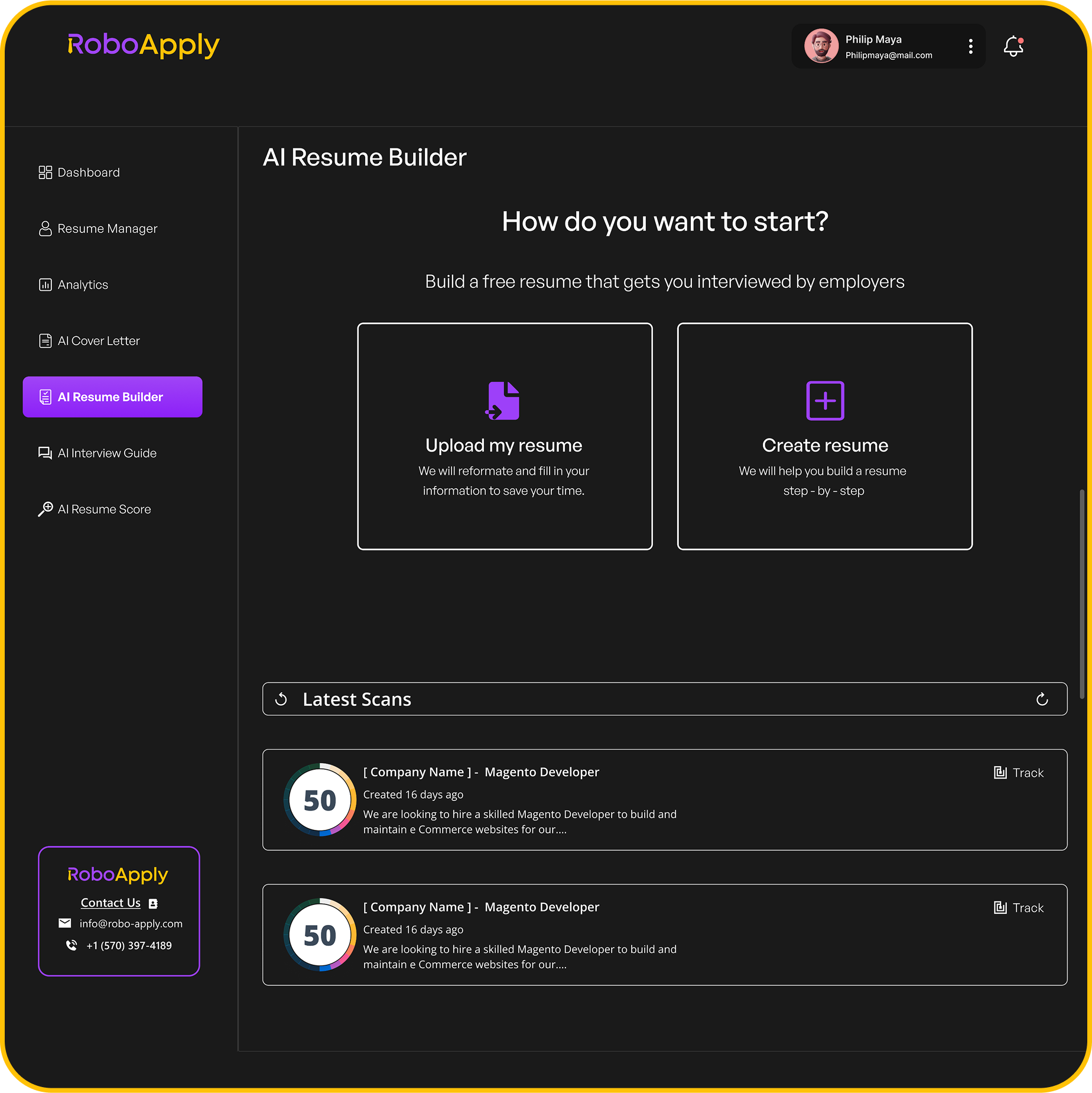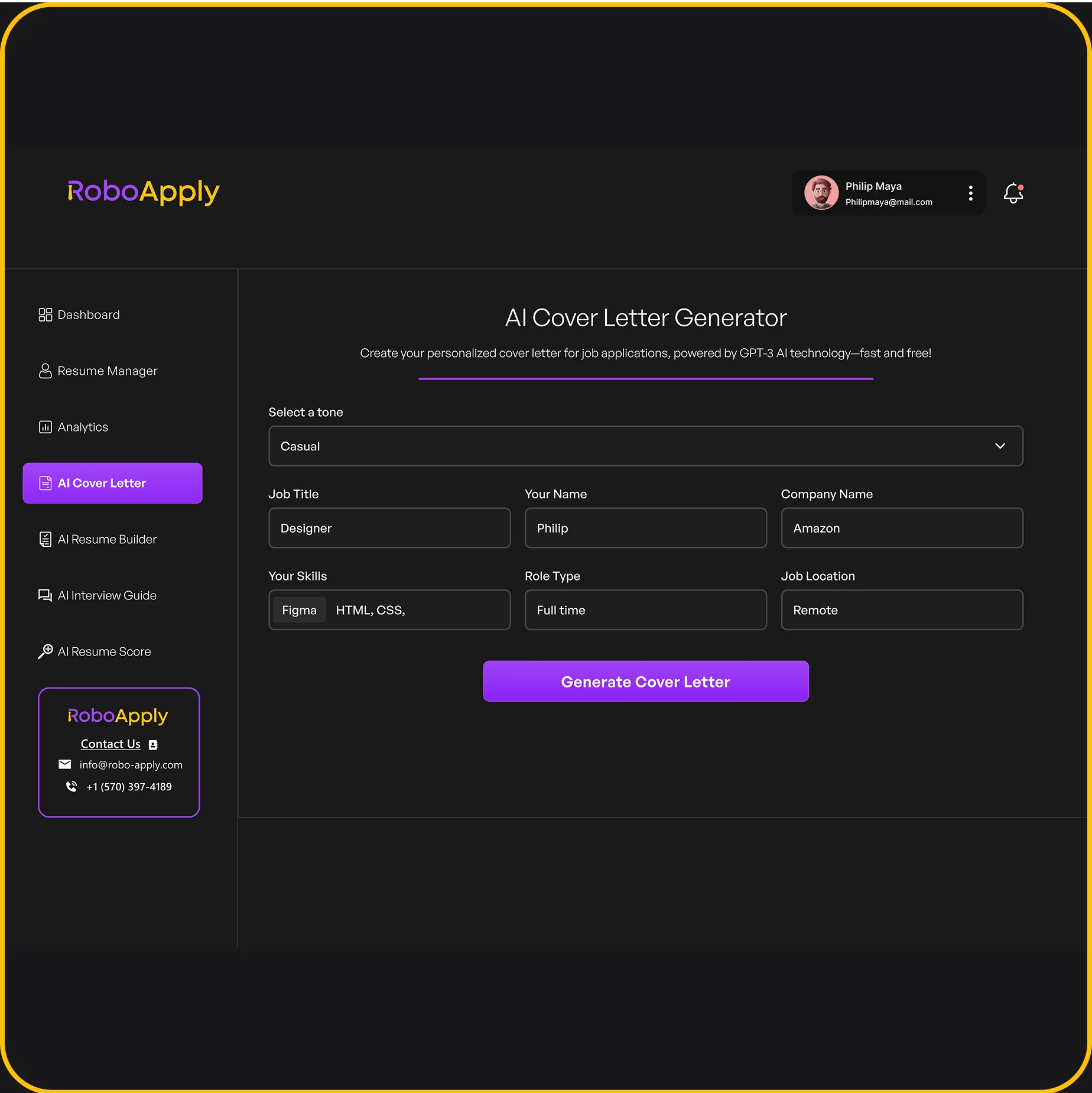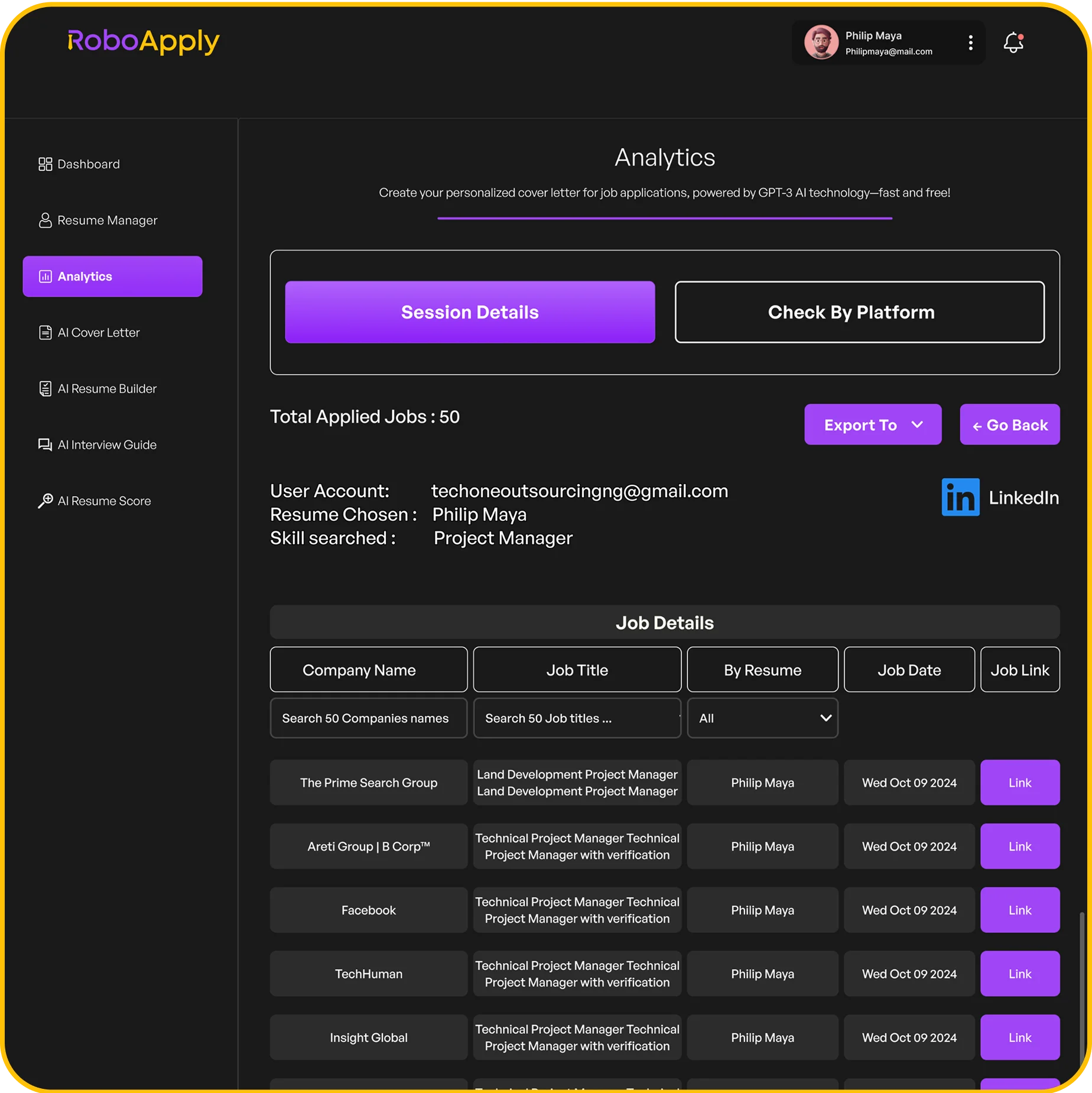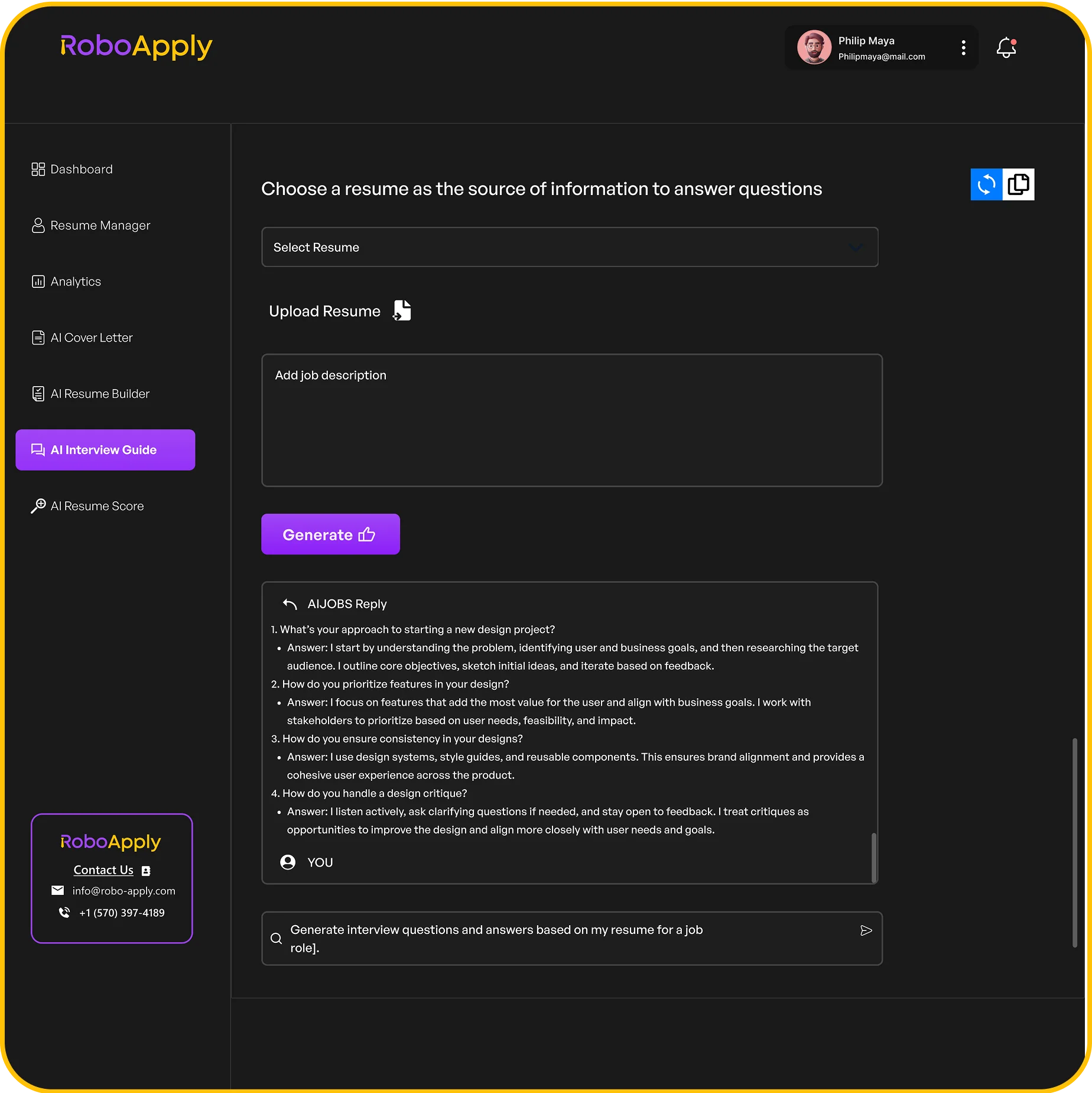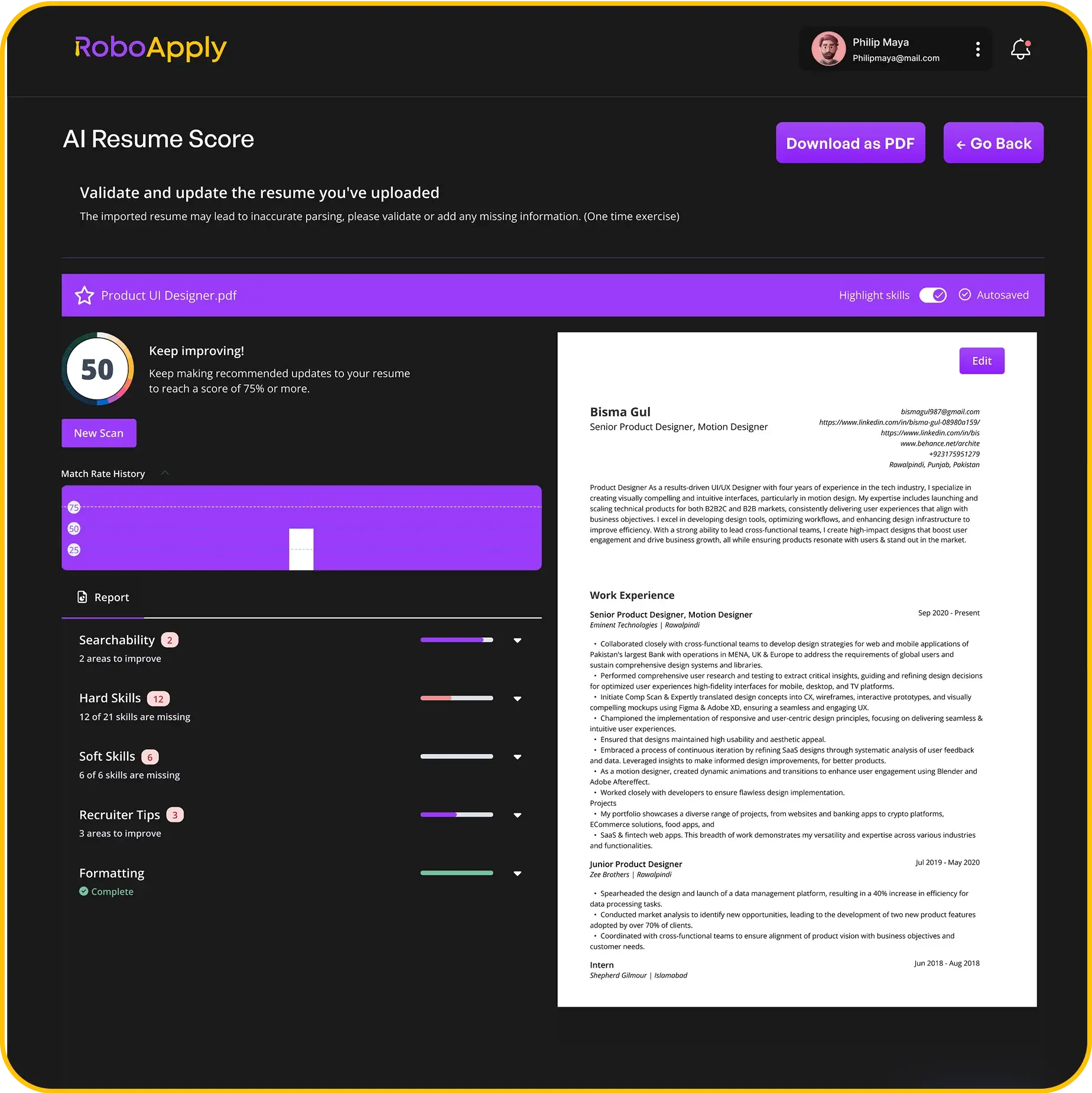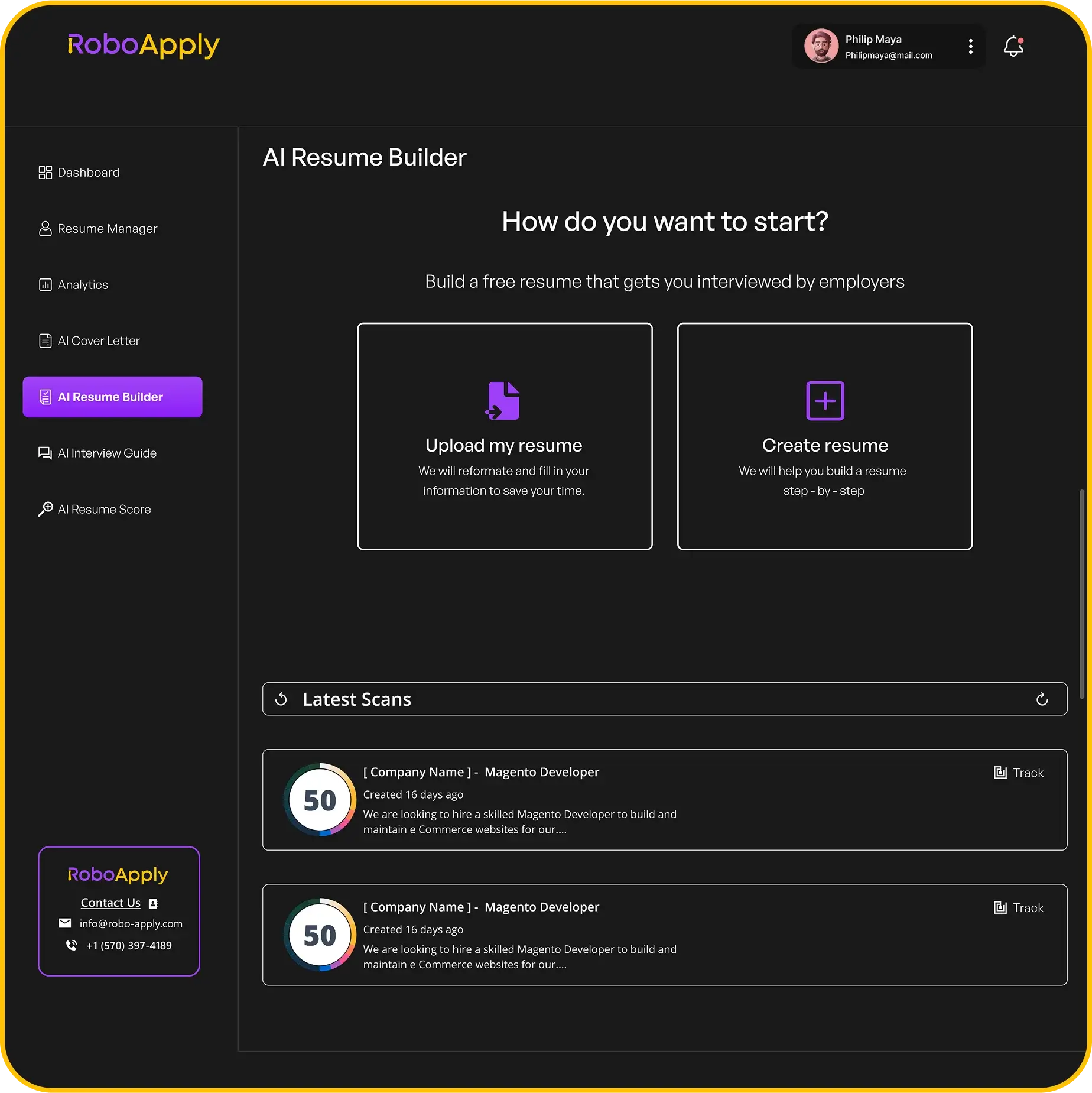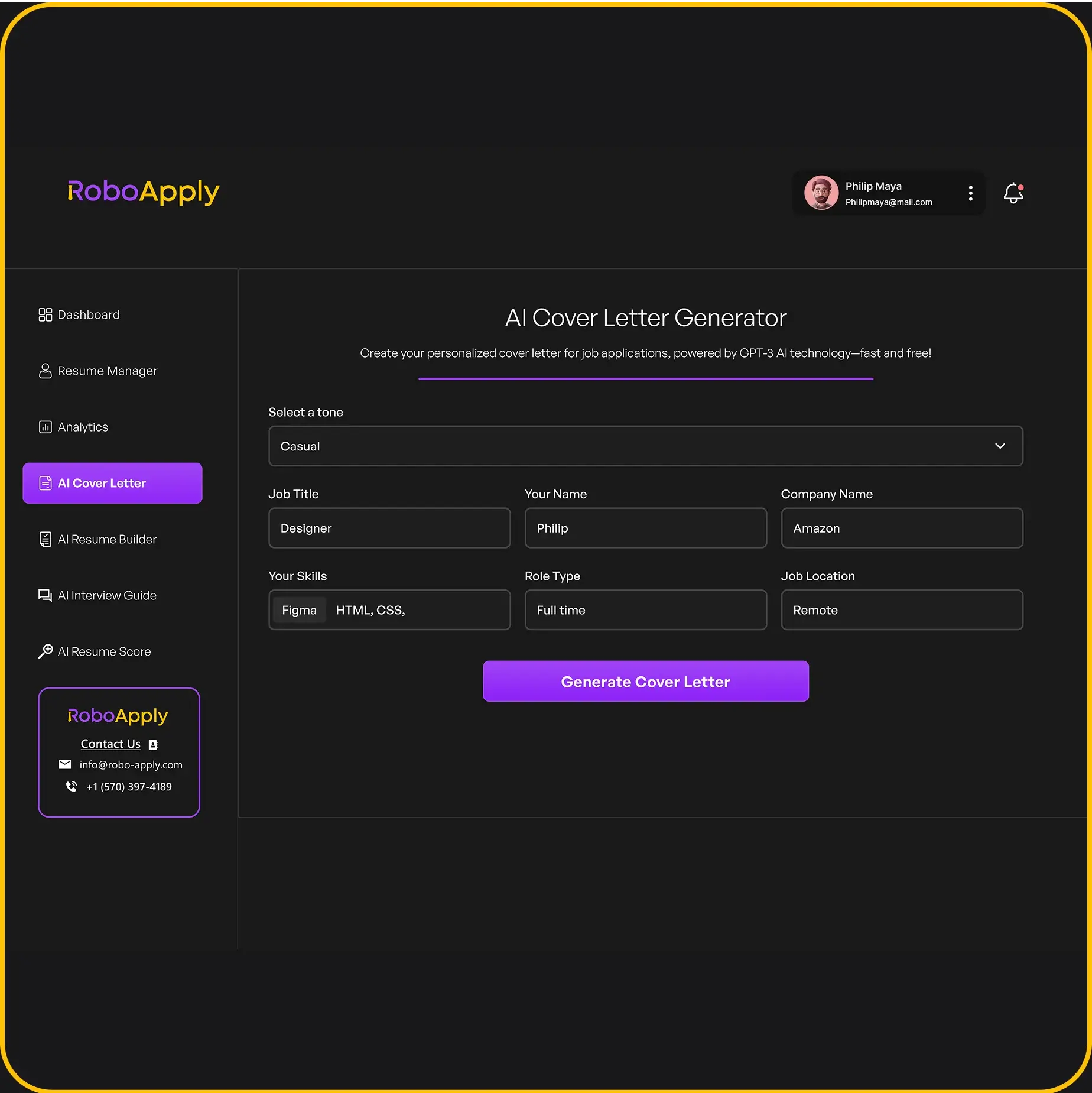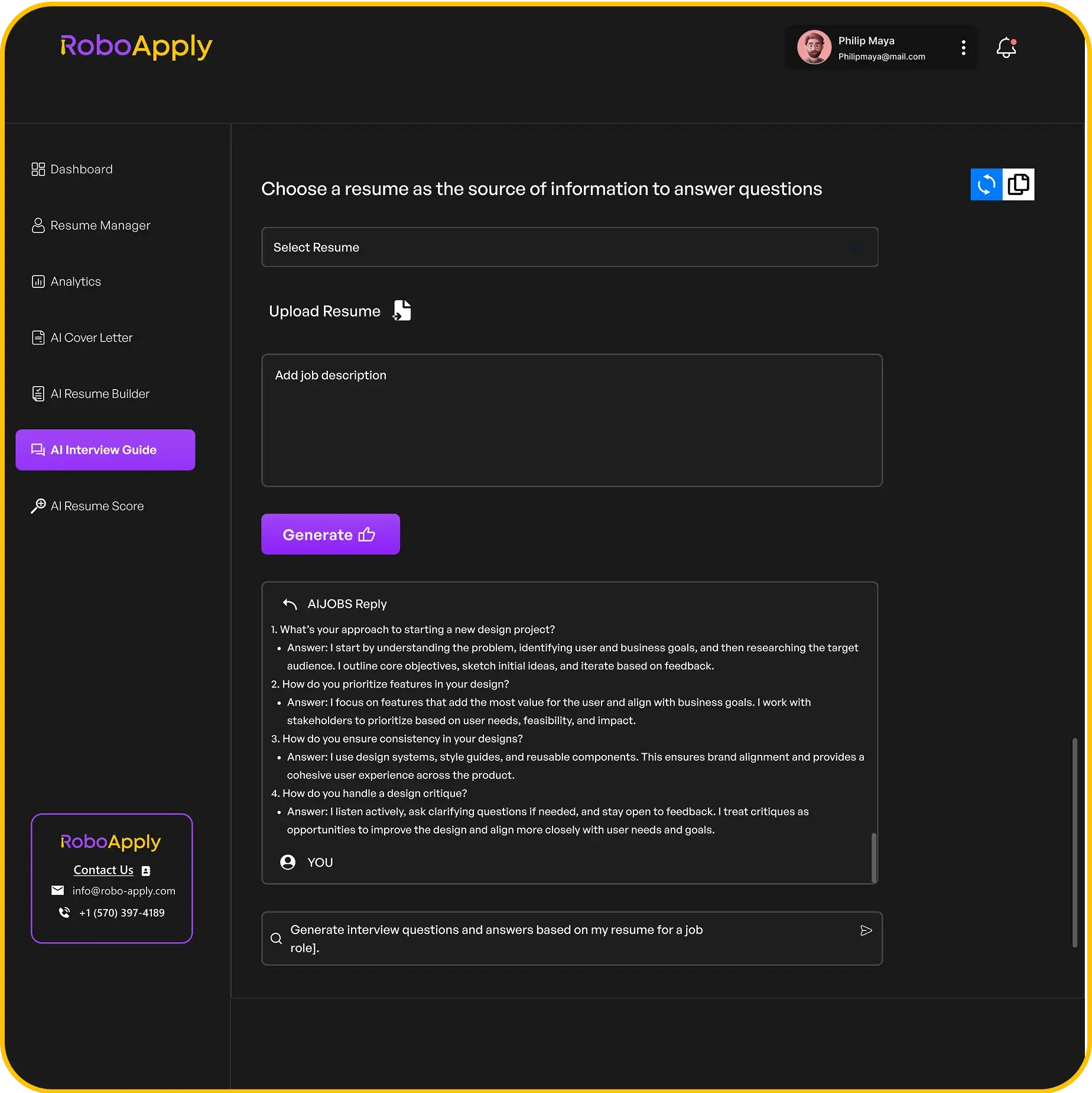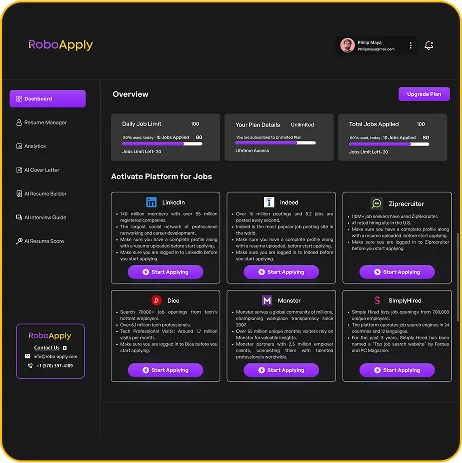So, you’re looking to land a great graphic designer job in 2025, right? Crafting a resume that truly stands out can feel like a puzzle. It’s not just about listing where you’ve worked; it’s about showing off your skills and projects in a way that catches a hiring manager’s eye. This guide will walk you through 12 different graphic designer resume examples, giving you solid ideas to make your application shine. We’ll cover everything from creative roles to management, making sure your graphic designer resume is ready for the job market.
Key Takeaways
- Always tailor your graphic designer resume to the specific job you’re applying for. Generic resumes often get overlooked.
- Your portfolio is super important for any graphic designer. Make sure it’s easy to find and shows off your best work.
- Highlight your software skills and any special design tools you know. Companies want to see you can use the right programs.
1. Creative Graphic Designer
Creative graphic designers need to be more than just proficient with design software; they need a solid grasp of branding, marketing, and social media. Landing a creative graphic designer role means showing you understand brand awareness and have experience guiding products through the entire creative process. RoboApply can help you tailor your resume to highlight these skills.
Think of it this way: you’re not just making things look pretty; you’re crafting a brand’s visual identity. Your resume needs to reflect that strategic thinking.
Here’s what a creative graphic designer resume might emphasize:
- A portfolio showcasing diverse projects, highlighting your creative range.
- Experience with various design software, like Adobe Creative Suite.
- A strong understanding of marketing principles and brand strategy.
- Excellent communication and collaboration skills.
A creative graphic designer resume should demonstrate not only technical skills but also a strategic understanding of how design impacts business goals. It’s about showing you can think beyond aesthetics.
To make your resume stand out, consider these skills:
- Graphics
- Adobe Photoshop
- Logo Design
- Video Editing
- After Effects
- Typography
- Photography
- Adobe InDesign
- Graphic Design
Remember, a creative graphic designer resume needs to be visually appealing, but also clearly communicate your skills and experience. Don’t overdo it with excessive graphics; keep it professional and easy to read. A well-designed resume, combined with a compelling graphic design cover letter, can significantly increase your chances of landing an interview.
2. Graphic Design Manager

Being a Graphic Design Manager means you’re not just pushing pixels around. You’re leading a team, making strategic decisions, and ensuring everyone’s on the same page. It’s a mix of design skills and management know-how. To nail that resume, you’ve got to show you’re good at both.
Think about it: you’re the one who has to keep the creative juices flowing while also keeping projects on track and within budget. It’s a balancing act, and your resume needs to reflect that.
Here’s the deal: your resume needs to scream "leadership" and "design expertise" at the same time. Don’t just list your design skills; show how you’ve used them to lead teams and achieve results. Use expert tips for graphic design resumes to make sure you are on the right track.
- Highlight leadership experience: Talk about times you’ve led a team to success.
- Showcase design skills: Don’t just list them; give examples of how you’ve used them.
- Quantify achievements: Use numbers to show the impact you’ve made.
A strong Graphic Design Manager resume shows you can handle both the creative and managerial sides of the job. It’s about proving you can lead a team to create awesome designs that meet business goals.
So, how do you make your resume stand out? Focus on showing how you’ve combined your design skills with your leadership abilities to drive results. Think about using RoboApply to tailor your resume to specific job descriptions. It can help you highlight the skills and experiences that are most relevant to each position. This way, you’re not just sending out a generic resume; you’re sending a targeted message that shows you’re the perfect fit for the job. You can also find resume examples to help you get started.
3. Minimalist Graphic Designer
Minimalist graphic designers focus on simplicity and clarity. They use basic elements and limited color palettes to create impactful designs. A minimalist resume should reflect this aesthetic, showcasing your ability to communicate effectively with minimal clutter. RoboApply can help you tailor your resume to highlight these skills.
A minimalist resume emphasizes clean lines, ample white space, and a focus on essential information. When applying for jobs, make sure to include a minimalist portfolio with your most impactful designs.
It’s all about less is more.
- Use a clean and simple layout.
- Focus on essential information.
- Showcase your best minimalist designs in your portfolio.
A resume summary is a great way to tailor your resume and provide additional information about your background and accomplishments. They’re especially useful for career changers or people without a lot of experience in graphic design, but can be used to great effect to highlight your particular strengths and contextualize the achievements in your bullet points.
Skills you can include:
- Logo Design
- Adobe Creative Suite
- Brochures
- Animation
- Adobe Photoshop
- Adobe Illustrator
- Multimedia
- Visual Communication
- Video Editing
4. Junior Graphic Designer
Landing a junior graphic designer job might not be as tough as you think. Employers often value design skills and qualifications over years of experience. So, highlight your hard skills and relevant education. If you’re a recent grad, include university projects and internships to compensate for less work experience. RoboApply can help you tailor your resume to showcase these skills effectively.
A strong portfolio is key. It shows what you can do, even if you don’t have tons of professional experience. Make sure it’s easy to view and highlights your best work.
Here’s what to keep in mind for a junior graphic designer resume:
- Focus on skills: List software proficiency (Adobe Creative Suite), typography, and any other relevant technical skills.
- Showcase projects: Include university projects, personal projects, and any freelance work. Describe your role and the outcome.
- Quantify achievements: Whenever possible, use numbers to show the impact of your work. For example, "Designed a logo that increased brand awareness by 15%."
To help you get started, here’s an example of how to structure your skills section:
| Skill | Proficiency |
|---|---|
| Adobe Photoshop | Expert |
| Adobe Illustrator | Intermediate |
| Adobe InDesign | Beginner |
| Typography | Intermediate |
| Logo Design | Beginner |
Remember to tailor your resume to each job application. Highlight the skills and experiences that are most relevant to the specific position. You can also find headline examples to make your resume stand out. Also, consider exploring different resume types to find the best fit for your experience level. If you’re also applying for environmental consultant roles, check out these environmental consultant resume examples for inspiration. And if you have experience as a social media influencer, make sure to highlight those skills using these social media influencer resume examples.
5. Brand Designer
Brand designers are all about crafting and maintaining a consistent brand identity. It’s more than just logos; it’s about the whole visual and emotional experience a brand offers. Your resume needs to show you get that.
A brand designer resume should highlight your ability to create cohesive visual identities, understand target audiences, and translate brand values into tangible designs.
Think about including these points:
- Your understanding of brand strategy.
- Your experience with creating style guides.
- Your ability to work with clients to understand their needs.
It’s also a good idea to show how you’ve helped brands stand out. Did you increase brand awareness? Did you improve customer engagement? Quantifiable results are always a plus. You can use resume examples to help you get started. RoboApply can help you tailor your resume to highlight these skills and experiences, making sure you catch the eye of potential employers. Remember, a strong resume is your first step to landing that dream job.
6. Digital Designer
So, you want to be a digital designer? Awesome! It’s a field where you get to make cool stuff that people see online every day. Think websites, ads, social media posts – all that jazz. Your resume needs to show you’re not just creative, but also tech-savvy. RoboApply can help you tailor your resume to highlight the skills and experience that digital design employers are looking for.
Digital designers need a mix of artistic talent and technical skills. It’s not enough to just make something look pretty; it has to function well and meet the client’s goals. Your resume should reflect this balance. Think about showcasing projects where you solved a problem with design, not just made something visually appealing. For example, did you redesign a website that increased user engagement? Did you create a social media campaign that boosted sales? These are the kinds of things employers want to see.
A strong digital designer resume highlights both creative skills and technical proficiency. It showcases projects where design solved a problem and achieved specific goals.
Here are some things to keep in mind when crafting your digital designer resume:
- Showcase your portfolio: This is key! Include links to your website or online portfolio where employers can see your work. Make sure your best projects are front and center.
- Highlight relevant skills: List the software and tools you’re proficient in, such as Adobe Creative Suite, Figma, Sketch, etc. Also, mention any coding skills you have, like HTML, CSS, or JavaScript.
- Quantify your achievements: Instead of just saying you "designed social media graphics," say you "designed social media graphics that increased engagement by 20%." Numbers speak volumes!
Remember, your resume is your first impression. Make it count! Use RoboApply to help you optimize your resume and land that dream job. You can also look at other designer resumes for inspiration.
7. UX/UI Designer

So, you’re aiming for a UX/UI Designer role? Awesome! Your resume needs to scream user-centric and visually appealing. It’s gotta show you understand both the user’s journey and how to make things look good. Let’s break down what makes a UX/UI Designer resume shine.
First off, think about the projects you’ve worked on. Did you improve user flow? Boost engagement? Redesign an interface that saw better conversion rates? These are the things hiring managers want to see. And remember, RoboApply can help you tailor your resume to specific job descriptions, making sure you highlight the most relevant skills and experiences.
Here’s what you should focus on:
- Showcase your design process: Briefly describe your approach to projects, from initial research to final implementation.
- Quantify your impact: Use numbers to demonstrate the results of your design decisions. For example, "Improved user satisfaction scores by 20%" or "Reduced bounce rate by 15%."
- Highlight relevant tools: List the software and technologies you’re proficient in, such as Figma, Sketch, Adobe XD, or InVision.
A strong UX/UI Designer resume tells a story. It’s not just a list of tasks; it’s a narrative of how you’ve solved problems and created better user experiences. Make sure your resume reflects that.
Consider this example:
[Jane Doe]
[jane.doe@email.com] | [123-456-7890] | [LinkedIn Profile URL] | [Portfolio URL]
Summary
Highly creative and user-focused UX/UI Designer with 5+ years of experience in designing intuitive and engaging digital experiences. Proven ability to translate user needs and business goals into effective design solutions. Passionate about creating seamless and enjoyable user journeys.
Experience
UX/UI Designer | ABC Company | 2022 – Present
- Led the redesign of the company’s mobile app, resulting in a 30% increase in user engagement.
- Conducted user research and usability testing to identify pain points and inform design decisions.
- Developed wireframes, prototypes, and high-fidelity mockups using Figma.
UI Designer | XYZ Corporation | 2020 – 2022
- Designed user interfaces for web and mobile applications, ensuring consistency with brand guidelines.
- Collaborated with developers to implement design solutions and ensure technical feasibility.
- Created and maintained a design system to promote consistency and efficiency.
Skills
- UX Research
- UI Design
- Wireframing
- Prototyping
- Usability Testing
- Information Architecture
- Interaction Design
- Figma
- Sketch
- Adobe XD
- InVision
Education
Bachelor of Fine Arts in Graphic Design | University of Design | 2020
This example shows a clear progression of experience, quantifiable results, and a strong skill set. Remember to tailor your resume to each job application, highlighting the skills and experiences that are most relevant to the specific role. Use RoboApply to help you identify the right keywords and phrases to include in your resume. Good luck with your job search! You can also check out some user experience designer resume examples for more inspiration.
8. Junior UX Designer

So, you’re fresh out of a UX program or maybe you’ve got a little experience under your belt, and now you need a resume that screams, "Hire me!" It can feel like a lot, but don’t sweat it. A junior UX designer resume is all about showing potential, highlighting your skills, and proving you’re eager to learn. Let’s break down how to make yours shine. RoboApply can help you tailor your resume to specific job descriptions, making sure you highlight the skills and experiences that matter most to potential employers.
First things first, remember that companies aren’t expecting you to be a seasoned pro. They’re looking for someone with a solid foundation and a willingness to grow. Your resume should reflect that. Focus on projects, internships, and any relevant coursework that demonstrates your understanding of UX principles.
Think about it this way: your resume is your first UX project. Make it user-friendly, visually appealing, and easy to navigate. Highlight your key skills and experiences in a way that’s clear and concise.
Here’s what to keep in mind:
- Showcase Your Projects: Even if they’re school projects, detail your role, the problem you were solving, your process, and the outcome. Use visuals if you can – a picture is worth a thousand words, especially in design.
- Highlight Your Skills: List both hard skills (like wireframing, prototyping, user research) and soft skills (like communication, collaboration, problem-solving). Tailor these to the job description.
- Quantify Your Achievements: Whenever possible, use numbers to show the impact of your work. Did you improve user satisfaction scores? Increase conversion rates? Even small wins can make a big difference.
For example, instead of saying "Conducted user research," try "Conducted 5 user interviews, identifying 3 key pain points that informed design decisions."
Remember, your resume is a living document. Update it regularly, tailor it to each job application, and always get feedback from others. Good luck with your job search! Make sure to check out some resume examples to get inspired.
9. Creative Director
So, you want to be a Creative Director? That’s awesome! This role is all about leading the creative vision and strategy for a company or specific projects. Your resume needs to show you’re not just creative, but also a leader and a strategic thinker. Let’s get into it.
A Creative Director resume needs to highlight your ability to inspire teams, manage projects, and drive innovation. It’s a big job, and your resume needs to reflect that. RoboApply can help you tailor your resume to showcase these skills effectively. Let’s look at how to make your resume shine and land that Creative Director role. You can also find a creative director resume example to help you get started.
10. Designer Cover Letter

Okay, so you’ve got a killer graphic designer resume. Awesome! But don’t stop there. A well-crafted cover letter can be the thing that really makes you stand out. Think of it as your chance to show off your personality and explain why you’re the perfect fit for the job. It’s more than just repeating what’s on your resume; it’s about telling your story and connecting with the hiring manager on a personal level. RoboApply can help you tailor your cover letter to each specific job, making sure it hits all the right notes.
A cover letter is your opportunity to expand on your resume, showcasing your passion for design and explaining why you’re excited about the specific role and company. It’s about making a connection and demonstrating your understanding of their needs.
Here’s the deal: a generic cover letter is a waste of everyone’s time. You need to customize it for each application. Mention something specific about the company or the role that excites you. Show that you’ve done your research and you’re genuinely interested. This is where you can highlight your soft skills, like communication and collaboration, which are super important in design. Think about including a cover letter example to get you started.
Here’s a simple breakdown of what to include:
- A strong opening: Grab their attention right away.
- Showcase your skills: Highlight the skills that match the job description.
- Quantify your achievements: Use numbers to show the impact of your work.
- Tailor it: Make sure it’s specific to the company and role.
- Proofread: Typos are a big no-no.
A great cover letter complements your resume and shows your enthusiasm. It’s your chance to make a lasting impression and land that interview. Don’t skip it!
11. Resume Header
The resume header is prime real estate on your graphic designer resume. It’s the first thing recruiters see, so you want to make a good impression. It should be clear, concise, and easy to read, providing all the essential information a hiring manager needs to contact you. Think of it as your professional introduction.
Your header needs to include your name, contact information (phone number, email address), and, optionally, a link to your online portfolio or LinkedIn profile. Make sure the information is current and professional. Avoid using unprofessional email addresses or outdated phone numbers. RoboApply can help you optimize your header to ensure it’s ATS-friendly and highlights your key qualifications.
A well-crafted resume header not only provides essential contact information but also reinforces your personal brand. It’s an opportunity to showcase your attention to detail and commitment to professionalism from the very first glance.
Here’s what a good resume header typically includes:
- Full Name: Make it prominent and easy to read.
- Professional Title: Be specific (e.g., "Graphic Designer," "Brand Designer").
- Contact Information: Phone number, professional email address, and location (city, state).
- Online Portfolio/Website: A link to showcase your work.
- LinkedIn Profile: Optional, but recommended for networking and professional presence.
Here’s an example of a good resume header:
Ava Williams
Senior UX/UI Designer | User Research | Web Prototyping
(555) 123-4567 | help@enhancv.com
[Portfolio Link]
[LinkedIn Profile Link]
12. Skills Section
Okay, so you’ve got your experience and education down, but what about the skills section? This is where you really show off what you can do. It’s not just about listing software; it’s about showing you know your stuff. Let’s break it down.
Think of your skills section as a quick snapshot of your abilities. It should be easy to read and highlight the skills most relevant to the jobs you’re applying for. Don’t just throw in every program you’ve ever touched; tailor it to each application. RoboApply can help you identify the most relevant skills from job descriptions and ensure they’re prominently featured on your resume.
Here’s how you might structure it:
- Software Proficiency: List the design software you’re good at. Think Adobe Creative Suite (Photoshop, Illustrator, InDesign), Figma, Sketch, etc. Be honest about your level of expertise. If you’re just starting out with After Effects, don’t claim to be an expert.
- Design Principles: Show you understand the fundamentals. Include things like typography, color theory, layout design, and branding. These are the building blocks of good design.
- Technical Skills: If you have any coding or web design skills, include them. HTML, CSS, and JavaScript can be a big plus, especially for digital design roles. You can also mention your experience with team management tools.
- Soft Skills: Don’t forget these! Communication, collaboration, problem-solving, and time management are all important. Give examples of how you’ve used these skills in past projects.
A well-crafted skills section can make or break your resume. It’s your chance to show employers that you have the specific abilities they’re looking for. Make sure it’s clear, concise, and tailored to each job.
Here’s an example of what a skills section might look like:
Skills
- Adobe Creative Suite: Photoshop (Expert), Illustrator (Expert), InDesign (Proficient)
- Design Principles: Typography (Advanced), Color Theory (Advanced), Layout Design (Advanced)
- Web Design: HTML (Basic), CSS (Basic), WordPress (Proficient)
- Collaboration Tools: Slack (Expert), Trello (Expert), Asana (Expert)
- Other: Logo Design, Branding, Print Design, Digital Illustration
Remember to keep it updated and relevant. As you learn new skills, add them to your resume. And always tailor your skills section to the specific job you’re applying for. This will show employers that you’re a good fit for the role. If you are a senior graphic designer, make sure to highlight your Photoshop skills.
Using a skills matrix can also be a great way to visually represent your proficiency levels. You can create a simple table like this:
| Skill | Proficiency | |
|---|---|---|
| Photoshop | Expert | |
| Illustrator | Expert | |
| InDesign | Proficient | |
| HTML | Basic | |
| CSS | Basic | |
| User Research | Competent |
This makes it easy for employers to quickly see your strengths. Don’t underestimate the power of a well-organized and targeted skills section. It can be the key to landing that interview. You can also mention your digital marketing skills if you have any.
Want to make your job search easier? Our special tool, RoboApply, can help you with your resume and cover letter. It uses smart computer programs to make applying for jobs simple. You can get started today and see how much time you save. Check out RoboApply to learn more!
Wrapping Things Up
So, there you have it. Getting your graphic designer resume just right can feel like a big job, but it’s totally doable. Remember, your resume is basically your first chance to show off what you can do. Make sure it looks good, is easy to read, and really highlights your best work. Don’t forget to include a link to your portfolio; that’s super important for designers. Take your time, get some feedback, and make sure every part of it speaks to the job you want. You’ve got this!
Frequently Asked Questions
What’s the most important thing to put on a graphic designer’s resume?
When you’re putting together your graphic design resume, it’s super important to show off your best work. Think about what makes you special: do you have a unique style? Are you great at using certain design programs? Make sure your resume highlights these things. Also, don’t forget to include a link to your online portfolio so potential employers can see your amazing projects firsthand. This is often the most important part of your application!
Should I include a portfolio with my graphic designer resume?
Absolutely! Your portfolio is like a visual story of your skills. It lets hiring managers see exactly what you can do and how you think creatively. Make sure your portfolio is easy to access, maybe through a link right on your resume, and that it shows a variety of your best work. It’s your chance to really impress them beyond just words on a page.
How can I make my graphic designer resume really stand out?
To make your graphic designer resume stand out, focus on showing, not just telling. Instead of saying ‘I’m good at Photoshop,’ try something like ‘Used Adobe Photoshop to create 10+ marketing campaigns that increased engagement by 20%.’ Use numbers and real examples to prove your skills. Also, tailor your resume for each job you apply for, highlighting the skills and experiences that match what the company is looking for.
